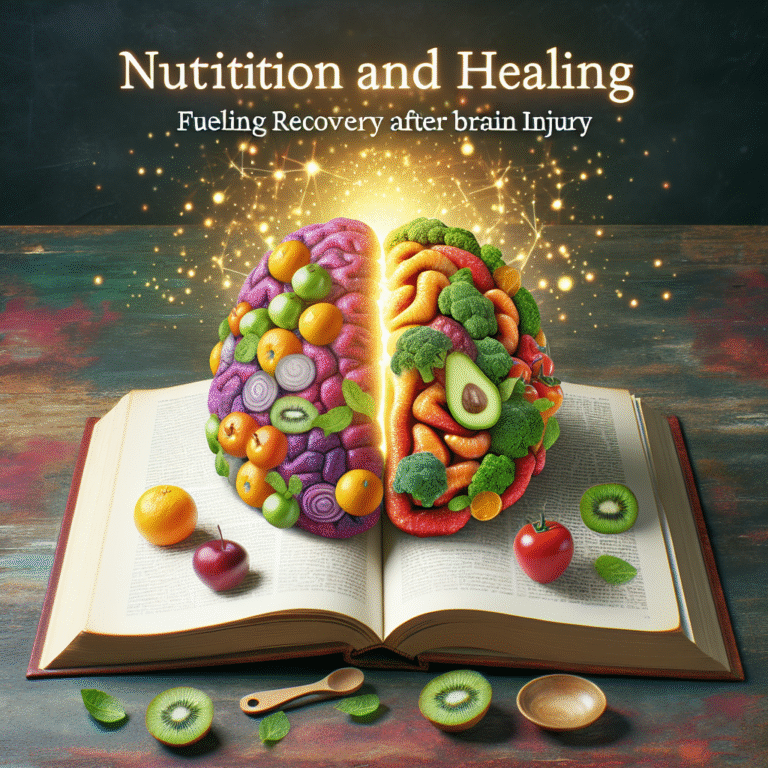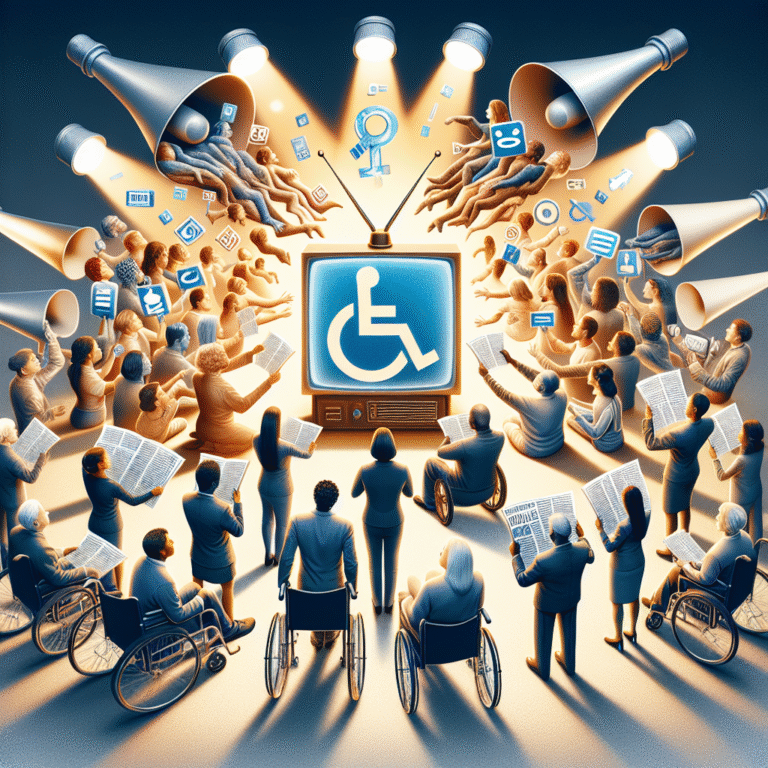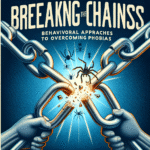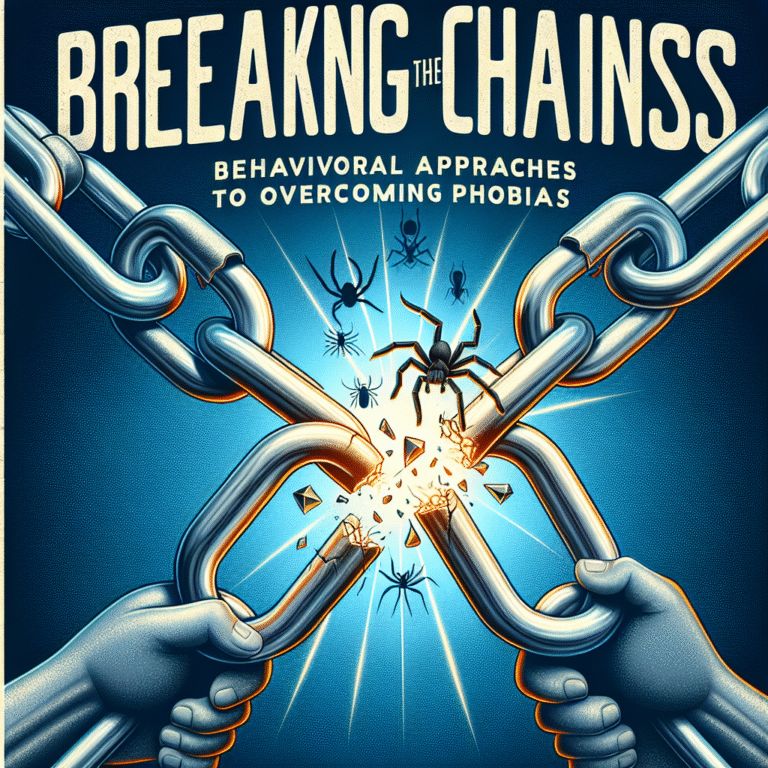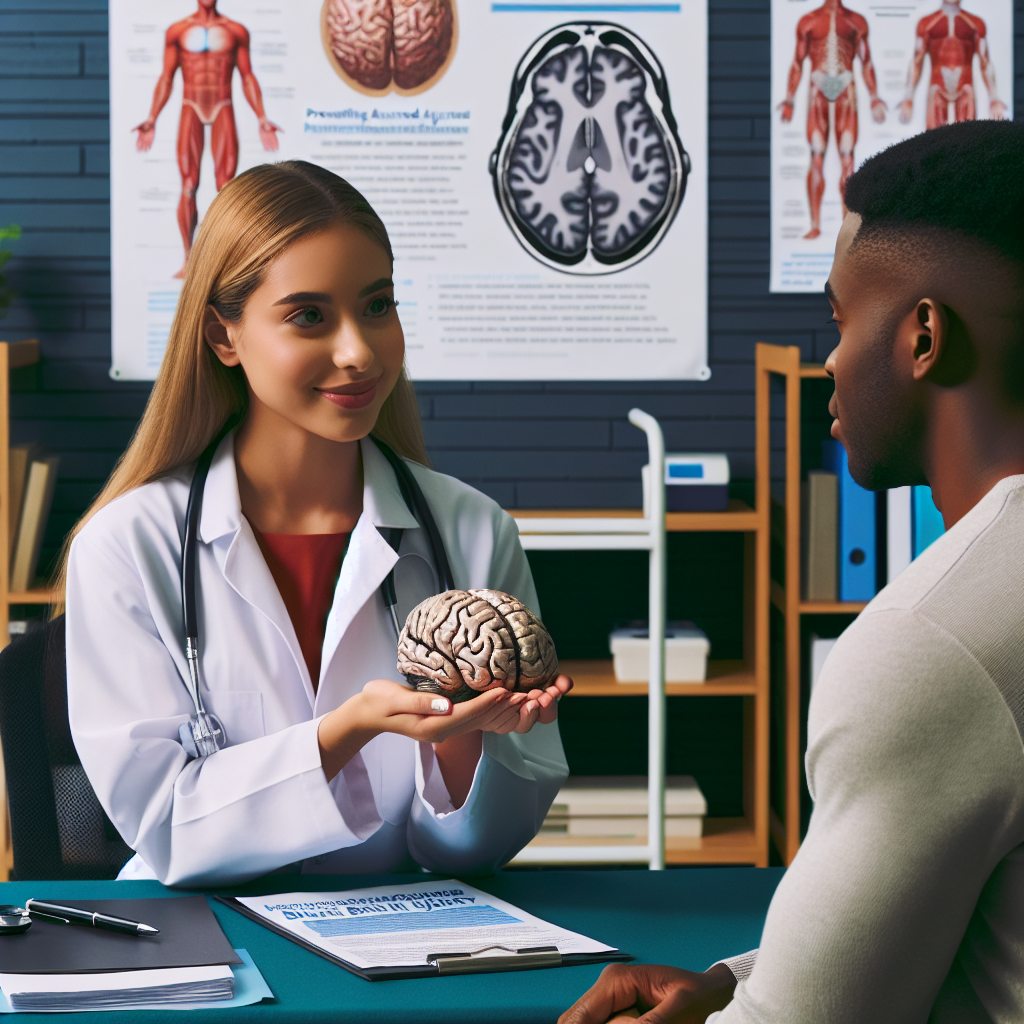
Introduction
Every year, millions of people worldwide experience acquired brain injuries (ABIs), whether from accidents, violence, or environmental factors. The consequences of these injuries can be devastating—affecting not only the individuals but also their families, communities, and societies at large. Preventing acquired brain injury is crucial for ensuring a better quality of life and reducing healthcare costs. In this comprehensive guide, we’ll explore preventing acquired brain injury: tips for safety and awareness that can empower you and your loved ones to make informed choices while fostering a safer environment.
Understanding Acquired Brain Injury
Before we delve into prevention strategies, it’s important to define what acquired brain injury encompasses. Unlike congenital or genetic brain injuries, ABIs occur any time after birth due to various external factors. This section will identify the types of acquired brain injuries, their causes, and their implications.
Types of Acquired Brain Injury
- Traumatic Brain Injury (TBI): This type occurs due to an external force such as a fall, assault, or car accident.
- Non-Traumatic Brain Injury: Often results from factors such as stroke, infectious diseases, oxygen deprivation, or toxic exposure.
Common Causes of Acquired Brain Injury
| Cause | Description |
|---|---|
| Falls | One of the leading causes, especially in elders. |
| Vehicle Accidents | Collisions can result in significant head trauma. |
| Violence | Assaults can lead to blunt force trauma to the head. |
| Sports Injuries | Contact sports pose a high risk for concussions. |
| Workplace Accidents | Falls or head injuries can occur in hazardous environments. |
Understanding these causes is the first step in preventing acquired brain injury.
Tips for Preventing Acquired Brain Injury: Safety Measures
1. Boosting Awareness in High-Risk Settings
A proactive approach starts with awareness. Consider these practical strategies tailored for different environments:
At Home
- Fall Prevention: Install grab bars in bathrooms, ensure rugs are secured or removed, and maintain clear pathways.
- Childproofing: Use safety gates, outlet covers, and corner protectors to safeguard young children from injury.
In Sports
- Equip Properly: Use helmets and padding during sports activities. The importance of protective gear cannot be overstated.
- Educate on Concussions: Coaches and athletes should be trained to recognize concussion symptoms like confusion and headaches. A case study from youth football leagues demonstrated a 30% drop in concussion rates after training sessions for coaches and parents were implemented.
2. Driving Safely
Motor vehicle accidents are a leading cause of TBIs. Here are critical driving safety tips:
- Seatbelt Use: Always buckle up, ensuring everyone in the car does the same.
- Avoid Distractions: Texting while driving increases the risk of accidents significantly. According to the National Highway Traffic Safety Administration (NHTSA), this kind of distraction accounts for nearly 10% of fatal crashes.
3. Workplace Safety Protocols
It’s crucial to foster a culture of safety in workplaces:
- Training: Regular safety trainings can significantly reduce workplace accidents. For example, a manufacturing company that instituted monthly safety meetings saw a 50% reduction in reported accidents over a year.
- Proper Signage: Clearly marked signs in hazardous areas remind employees of potential risks, aiding cognitive awareness.
4. Available Technologies and Tools
Harness technology for safety. Wearable tech like helmets equipped with sensors can alert to impacts that may lead to brain injuries. Additionally, mobility aids for the elderly can mitigate fall risks.
The Role of Health and Fitness
A healthy body can lead to a healthier brain. Regular exercise enhances cognitive function, reducing the risk of falls and accidents.
- Balance Training: Exercises focusing on core stability can help prevent falls, particularly in older adults. Activities like yoga and Tai Chi are beneficial.
Community Engagement for Prevention
Raising awareness in a community setting can drive collective action towards preventing acquired brain injury:
- Organize Workshops: Local organizations can host safety workshops that focus on fall prevention, first aid, and brain health.
- Advocacy Campaigns: Launch campaigns targeting youth sports to promote safe practice standards.
Measuring Success: Data and Case Studies
To understand the effectiveness of these preventive measures, it’s important to look at real-world applications:
| Initiative | Result |
|---|---|
| Helmet Campaign in Youth Sports | 30% reduction in concussions |
| Safety Training at Construction Sites | 50% reduction in workplace accidents |
| Community Awareness Programs | Increased engagement in safety workshops |
Conclusion
In conclusion, preventing acquired brain injury requires a multifaceted approach that involves awareness, education, and proactive strategies. By implementing safety measures at home, driving responsibly, maintaining a healthy lifestyle, and fostering community engagement, we can significantly reduce the incidence of these life-altering injuries.
Let’s take the knowledge we’ve gained and inspire others to join us in this cause. When it comes to protecting our brains, knowledge isn’t just power; it’s safety.
FAQs
1. What are the most common signs of an acquired brain injury?
Common signs include headaches, confusion, difficulty concentrating, dizziness, and mood changes. If you or someone else experiences these symptoms after a head injury, consult a healthcare provider immediately.
2. How can I help a loved one recover from an acquired brain injury?
Support them emotionally and help with rehabilitation exercises recommended by healthcare professionals. It’s crucial to encourage consistency in therapy and follow-up appointments.
3. Are all acquired brain injuries preventable?
While many acquired brain injuries can be prevented through appropriate safety measures, some may occur due to unforeseen accidents or health conditions.
4. What role does nutrition play in brain health?
Balanced nutrition contributes to overall brain health. Foods rich in omega-3 fatty acids, antioxidants, and vitamins can support cognitive function and overall well-being.
5. Can I participate in community initiatives to promote safety awareness?
Absolutely! Local community centers often look for volunteers to facilitate workshops or educational programs focused on preventing injuries. Your involvement can make a significant difference!
By understanding and sharing preventing acquired brain injury: tips for safety and awareness, we can all contribute to making our communities safer and healthier for everyone.




